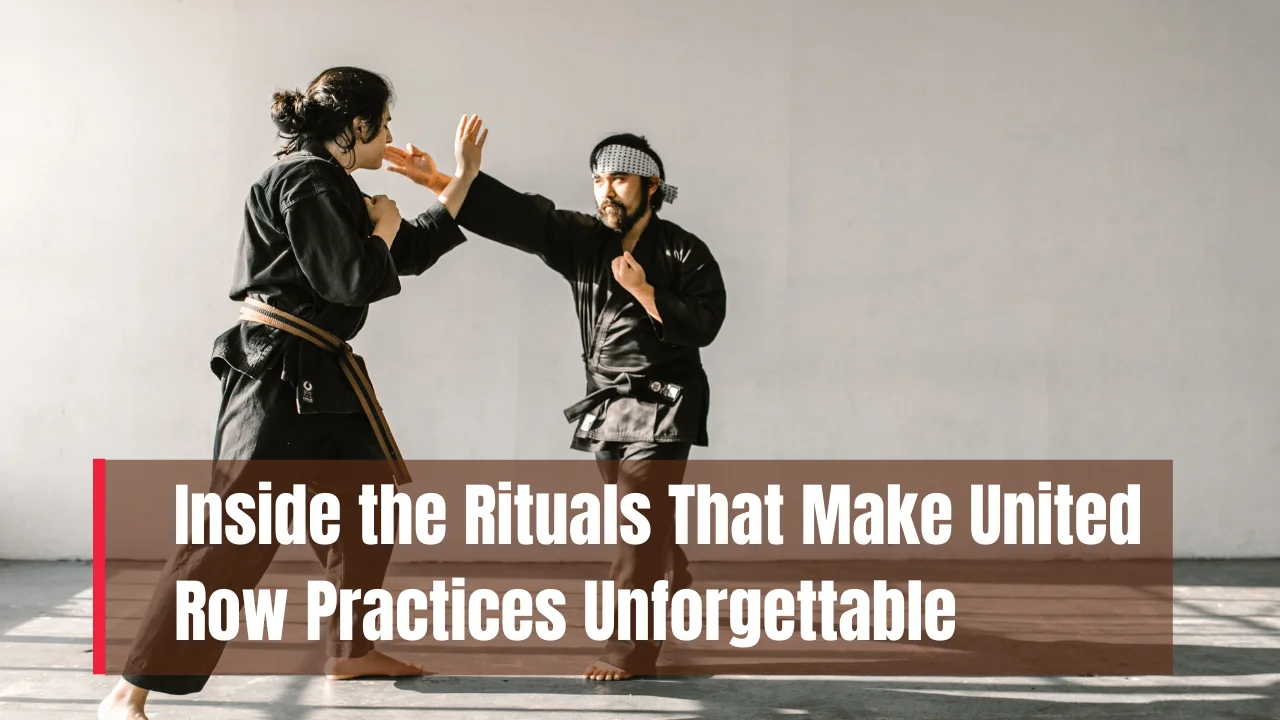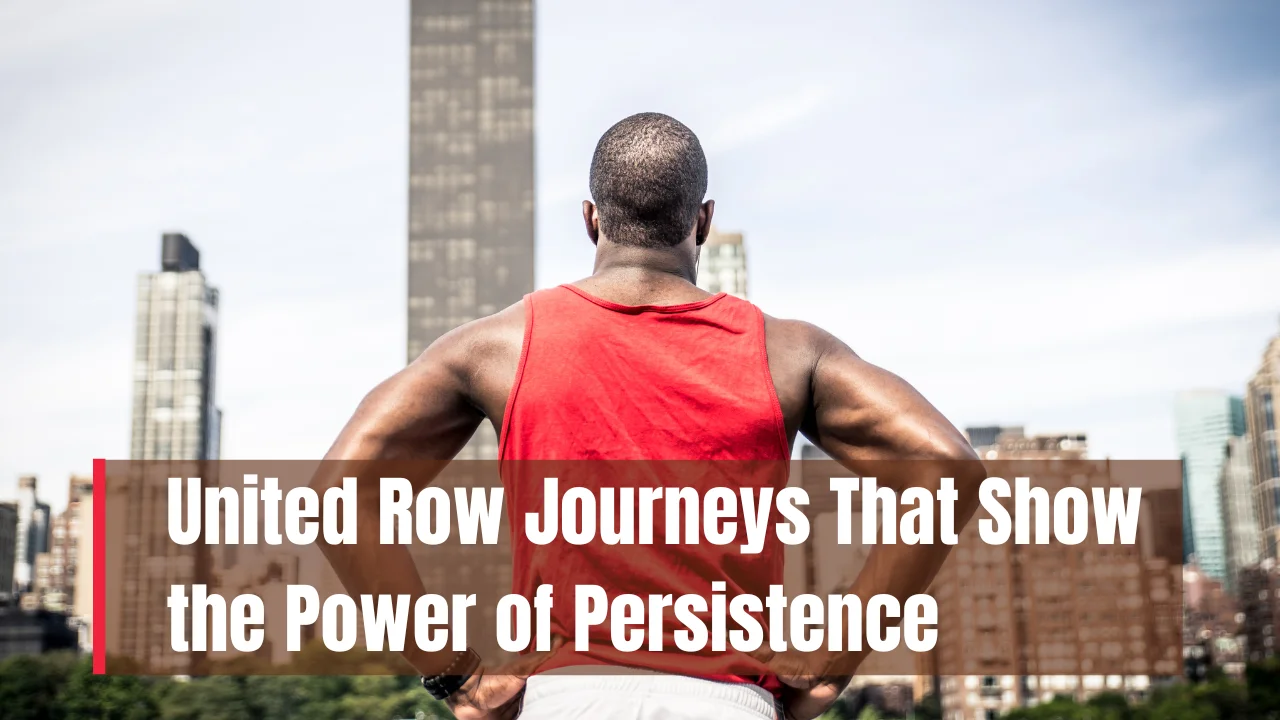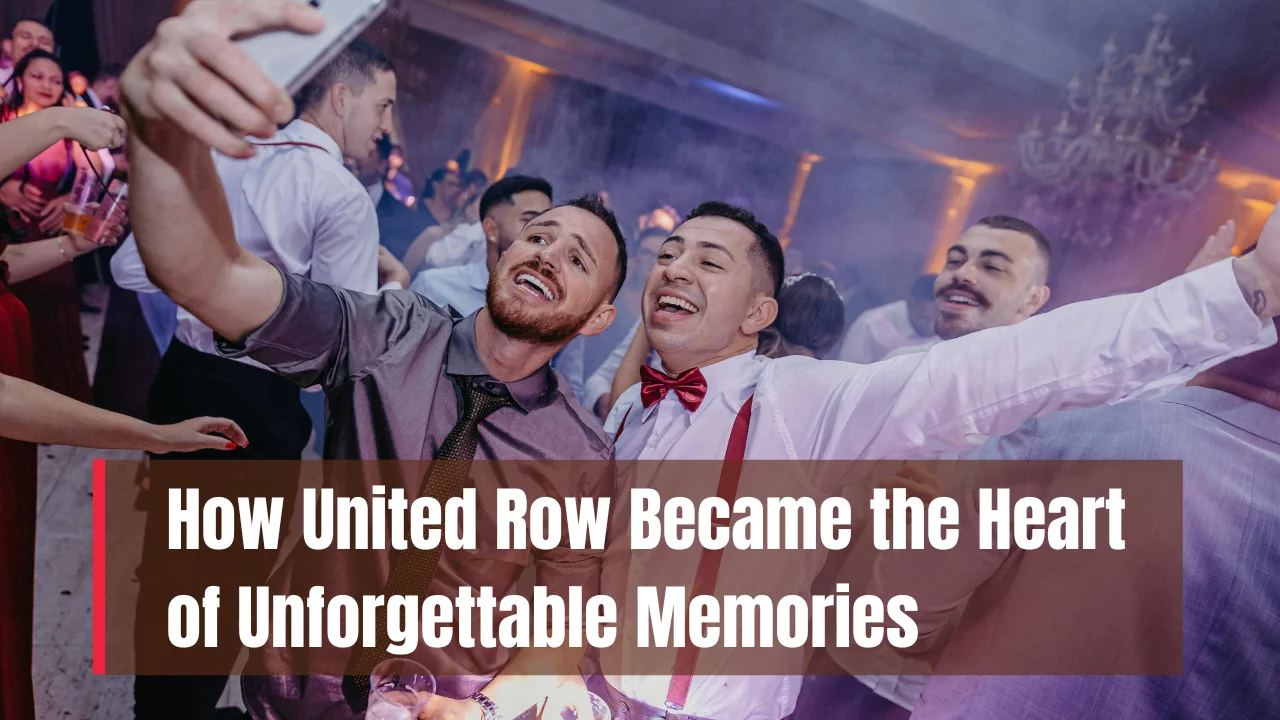United Row Practices: United Row Practices are not just about rowing; they’re about bonding, focus, and shared purpose. What happens during these practices forms the soul of the team. It’s in these repetitive, consistent moments—early wake-ups, synchronized strokes, chants, and reflections—that individuals become a unit. The daily grind, the mental battles, the little victories—these are what make the journey unforgettable.
In this article, we dive deep into the core elements that make United Row Practices so meaningful. You’ll discover how small, consistent rituals create lasting impact, build trust, and shape winning mindsets. Whether you’re part of a rowing team or just passionate about sports culture, this will give you a close-up look at what makes these moments stand out.
The Essence of United Row Practices
United Row Practices are more than training—they are structured experiences that drive performance, unity, and mental resilience. From pre-practice team huddles to post-row reflections, these rituals form the foundation of a team’s identity. Each routine has meaning, developed over time and refined through shared effort. It’s these consistent habits, both in and out of the water, that keep teams synchronized and mentally sharp.
Overview Table: Key Elements of United Row Practices
| Aspect | Description |
| Pre-Practice Routine | Dynamic stretches, team meetings, and personal check-ins |
| Team Chant | A unified, energizing call that sets the tone for practice |
| Countdown Starts | Coordinated calls that bring rhythm and focus to the first stroke |
| Mental Focus Sessions | Silent stretches or breathing drills to sharpen attention |
| On-Water Commands | Rhythmic instructions for precise and synchronized rowing |
| Oar Tap Tradition | A symbolic act at the end to show gratitude and respect |
| Cool-Down Rituals | Light rowing, group debriefs, and personal feedback |
| Cultural Legacy | Longstanding traditions passed down by former team leaders |
The Power of Team Rituals in Rowing
In every sport, rituals matter—but in rowing, they are essential. United Row Practices rely heavily on rhythm, both physical and emotional. Team rituals aren’t fluff; they’re part of the training. From the moment rowers enter the boat house, routines begin that train the body and anchor the mind.
Team members greet each other not just out of politeness but to reconnect. Huddle circles before hitting the water allow each rower to mentally shift into team mode. These practices, repeated daily, condition athletes to rely on one another in high-pressure environments. That sense of connection is what makes rowing one of the most synchronized and demanding team sports out there.
Pre-Practice Traditions that Build Unity
Before a single oar is placed in the water, a lot is happening that strengthens team chemistry. The locker room is full of energy, often driven by team-selected playlists or a moment of silence before the grind begins. In many United Row Practices, this time is used for check-ins—where athletes set their intentions, share focus points, or reflect on personal goals.
Stretching in unison is not just for warming up; it’s a symbol of being in sync. This practice improves physical readiness while reinforcing the idea that success is only possible when everyone moves together. These warm-up rituals also help build accountability, a key trait in rowing, where one weak link can disrupt the entire crew.
On-the-Water Discipline and Connection
Rowing demands unity like few other sports. On the water, rituals transition into discipline. Each session has its structure—warm-up strokes, technical drills, power pieces, and recovery sets. But layered within are ritual elements like countdown starts, where the team syncs through vocal cues. These aren’t just mechanical—they’re mental resets.
During long endurance rows, teams often enter “silent stretches” where no one speaks. This focus zone helps rowers fine-tune awareness and connection with every movement. Listening to the rhythm of paddles cutting the water becomes meditative. Verbal cues from the coxswain keep everyone aligned, but it’s the emotional intelligence of the team—the non-verbal cues, the trust—that keep the rhythm alive.
Celebrations and Cooldowns: Ending with Purpose
The way practice ends is just as important as how it begins. After the final piece, rowers often engage in a cool-down row, paddling lightly while reflecting on the day. This phase is quiet but purposeful. Back on land, the team may gather for a debrief where coaches highlight progress, and athletes share takeaways.
The Oar Tap Tradition is a special moment. Each rower taps their oar three times—once for the team, once for the coach, and once for the water. It’s a silent gesture of respect and closure. These post-practice rituals help athletes mentally transition out of the intense focus zone while reinforcing the idea that every practice is a building block.
Two Core Rituals That Stand Out
- The Team Chant: A collective burst of energy, the team chant is more than noise. It’s a grounding ritual that reminds each athlete why they’re there and who they’re rowing for. Performed before every high-stakes practice or regatta, it’s a rallying cry that instantly bonds the group.
- The Oar Tap Tradition: Quiet and subtle, this ritual holds deep meaning. By tapping their oars on the dock three times, rowers show gratitude for the effort, the coaching, and the opportunity. It’s a powerful way to end the session with purpose and reflection.
Why These Rituals Matter
Rituals aren’t random. They support emotional well-being, sharpen focus, and foster team cohesion. In United Row Practices, these elements combine to create a culture where every rower feels responsible and valued. Rituals add structure to chaos, which is critical during intense training blocks and high-pressure race weeks.
They also strengthen mental resilience. When athletes are physically drained, these familiar rituals serve as psychological anchors. Over time, the body responds instinctively, allowing focus to remain even in moments of fatigue or doubt. It’s not just about rowing harder—it’s about rowing smarter, with purpose and clarity.
Building a Culture That Lasts
What makes United Row Practices unforgettable isn’t just the sweat or speed—it’s the culture. Every new rower absorbs the legacy of those who came before. When you join a team, you’re handed down more than just a uniform; you’re invited into a tradition.
From veteran-led chants to stories told during travel, these rituals outlast the seasons. They carry memories, lessons, and values. This continuity strengthens the team’s identity, turning individual effort into shared success. And long after the last regatta is over, what sticks is the ritual—the feeling of being part of something bigger.
Final Thought
United Row Practices are a blend of motion, mindset, and memory. They take athletes beyond the technical skill of rowing and into the heart of what it means to be part of a team. The rituals—small or large—turn routine workouts into meaningful experiences. They connect, inspire, and ultimately create lifelong impact.
Whether you’re an athlete, coach, or simply someone drawn to the magic of team dynamics, there’s something to learn from the precision and passion found in these rituals. Let them remind you that it’s not just about how hard you work, but how intentionally you move, connect, and grow with those beside you.
Want to be part of a stronger team culture? Start by creating your own daily rituals—and watch how it transforms your game.
FAQs
1. What are United Row Practices?
They are structured rowing sessions built around team rituals, discipline, and shared goals that shape both individual performance and team unity.
2. Why are rituals important in rowing?
They help rowers synchronize mentally and physically, build trust, and create a consistent, focused practice environment.
3. How do chants and traditions impact team performance?
Chants build energy and alignment, while traditions create a sense of belonging and motivation, especially during tough sessions or competitions.
4. Can new teams start their own rowing rituals?
Absolutely. Any team can build rituals that reflect their values, strengthen communication, and improve cohesion on and off the water.
5. What makes United Row Practices unforgettable?
The combination of physical intensity, emotional connection, and consistent rituals makes these practices deeply impactful and memorable.












